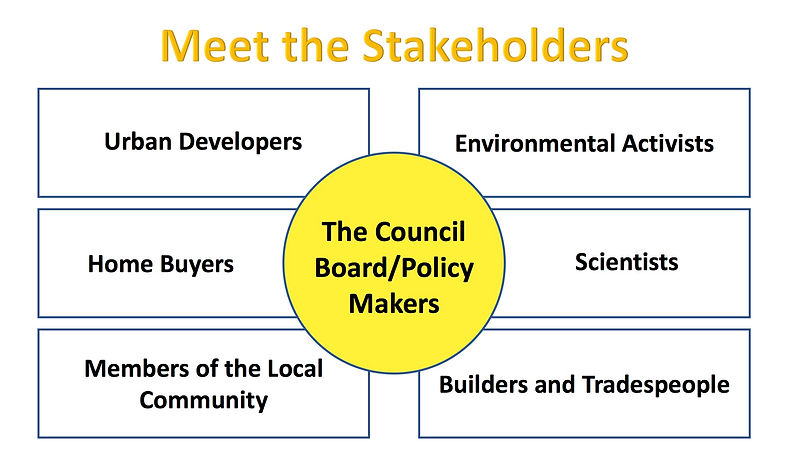
Draw a picture of your own habitat and consider the following...

How do people move between the habitats?


Hold on...where do all the native species go?


Are there any reasons why you might need to leave the habitat?

What does this habitat provide to its occupants?
Your Habitat

The Curious Case of Urbanization
We all have our own habitats and they're not just made up of our houses. We also enjoy facilities such as playgrounds, shops, schools and workplaces.
Watch this video to find out why this problem is increasing...




What does this mean for native species?
What are we doing about it?
Video Link: 'Urbanisation and the future of cities' on TED Ed YouTube channel
Professor Don Driscoll tells us about his current research and why it's so important for the future of humans and native animals.
One of the research papers Prof Driscoll has been a part of is included below as the 'Accepted Manuscript'. It measures the impact that various urban environments have on native animals.
Compact Development Minimizes the Impacts of Urban Growth on Native Animals
Citation: Villaseñor, N. R., Tulloch, A. I. T., Driscoll, D. A., Gibbons, P., Lindenmayer, D. B., 2017, 'Compact Development Minimizes the Impacts of Urban Growth on Native Mammals'. Journal of Applied Ecology, Vol. 54, no.3, pp. 794–804, doi: 10.1111/1365-2664.12800.
What's an 'Abstract'?
An Abstract is similar to a blurb that you might read for a novel. It tells you what the article will be about before you read the whole thing.
The Matrix
When destruction of habitats occurs, a matrix develops.

Video used with permission from Prof Don Driscoll
Species Adaptation


Why can some species survive in cities and others can't?
Video Link: 'Why do Some Species Thrive in Cities?' on MinuteEarth YouTube channel


Can you think of any native Australian animals that would struggle to adapt and why?
Download the scenario and animal description cards. Using the scenarios given, identify where each of these animals would be placed and what impact the changing landscape would have on species. This can also be played in an open space, using chairs or dots as 'houses'
-
What were the impacts of each different housing arrangement?
-
Which arrangement facilitated the greatest species richness?
-
Which species was most impacted by the urban landscape?
-
Which arrangement had the most detrimental effects on the marsupial species’ abundance?



What impact does urban development have on biodiversity?
What is an URBAN-FOREST EDGE?
The URBAN BOUNDARY is where the fragmented patch of forest meets the urban housing development.
A HARD EDGE occurs when the forest patch is adjacent to high density housing or compact development.
When the forest patch is adjacent to low density housing, the boundary is called a SOFT EDGE.
For more information on the impact of urbanization and edge effects on arboreal mammals, see the following article.
Urbanization Impacts on Mammals across Urban-Forest Edges and a Predictive Model of Edge Effects
Citation: Villasenor, N.R., Driscoll, D.A., Escobar, M.A.H., Gibbons, P., Lindenmayer, D.B., 2014, 'Urbanization of Mammals across Urban-Forest Edges and a Predictive Model for Edge Effects', PLoS ONE, Vol. 1, no. 5, pp. 1-12, doi:10.1372/journal.pone.0097036.



What might the phrase 'sprawl or grow tall' mean?
Video Link: 'How to Build Better Cities' on MinuteEarth YouTube channel
Create a group and assign each of you to a different stakeholder. Spend 5 minutes developing an opinion. Then spend 15 minutes debating, ensuring each stakeholder gets a say and a rebuttal to controversial claims. One person can also act as a mediator (not assigned to any stake holder).






